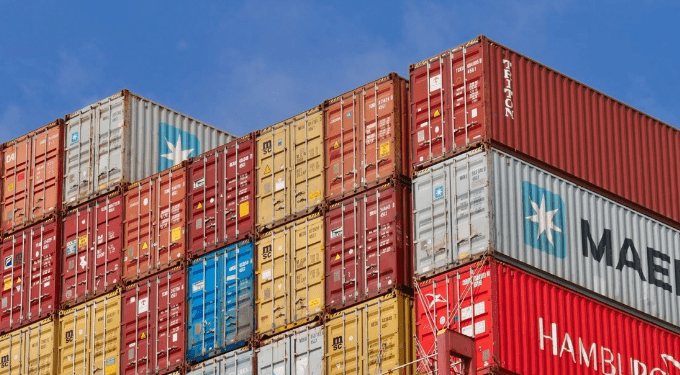Disruptions have affected container volumes
A drop in container volumes at the Port of Antwerp during Q1 2022 underscores the need for extra container capacity and confirms the importance of the port’s merger with Zeebrugge.
Total throughput at Antwerp during this period amounted to 58.3m metric tonnes, a drop of 1.5% compared with Q1 of 2021, while container volumes fell nearly 12% compared to the same period.
Annick De Ridder, vice mayor of the City of Antwerp and president of the Port of Antwerp, said: “The economic urgency for additional container capacity is demonstrated again and more than ever by these declining figures and congestion problems. Extra container capacity is indispensable to secure our position as a world port.”
This double-digit decrease was mostly due to the disruption to container liner trade, delays and high import call sizes that posed protracted operational challenges that make container terminal operations more difficult.
“Thanks to the recent positive outcome of the negotiations on the ECA project, we have already taken an extremely important step,” De Ridder added. “The unified port will thus be able to further face international competition and continue to grow sustainability as the engine of the Flemish community.”
Jacques Vandermeiren, CEO of Port of Antwerp, said: “The protracted challenges in the logistics chain are revealed in the figures. These are the latest figures we at the Port of Antwerp are announcing.
“They confirm that through this merger, we will gain a stronger position for the future. Along with Zeebrugge, we have the ability to further reinforce our position in the international logistics chain, in the current complex geopolitical and macro-economic context.”
Compared to the first quarter of 2021, all cargo types except for containers are showing growth.
Conventional general cargo grew by 49% compared to the weak first quarter of 2021, with steel holding firm on the export side.
The sanctions prohibiting the import of steel from Russia and Belarus since mid-March are having only a limited effect on throughput.
These flows are being replaced by imports from other countries because the EU has redistributed the import quota for steel from Russia and Belarus across other steel-exporting countries.
Roll-on roll-off (ro-ro) saw a slight growth in Q1 2022, up just over 2%, but there has been a significant fall in tonnage since the strong last quarter of 2021.
Problems with the production of new vehicles are still affecting the throughput volumes.
After a strong 2021 in which Q1 was one of the best quarters ever, the throughput of fertilisers is dropping significantly by near 20% which is due in part to the sanctions in respect of Russia as well as a sharp rise in prices.
Dry bulk rose by 11% compared to the same period last year thanks to the rise in the throughput of ores, coal and particularly grain.
Liquid bulk rose 15%, with a growth of near 17% in petroleum derivatives while the throughput of chemicals remains strong as well with a growth of 17% despite the challenges owing to high feedstock prices.
The doubling of biofuels was notable within this segment.






